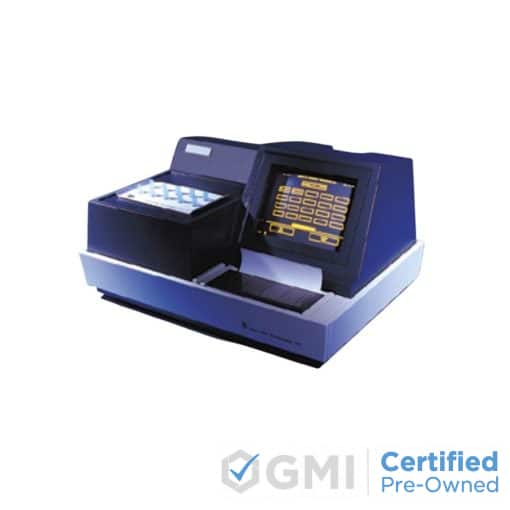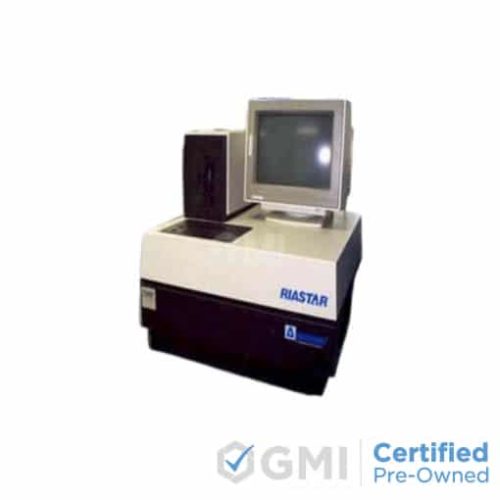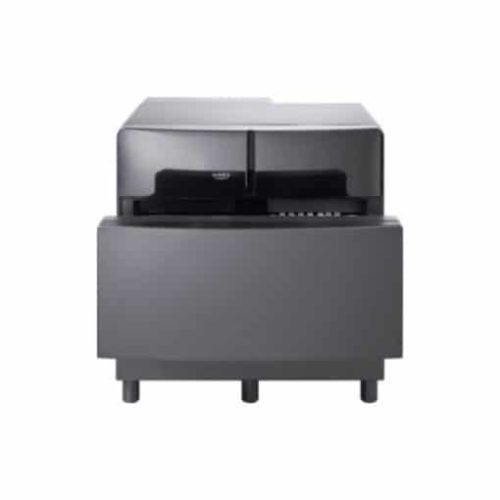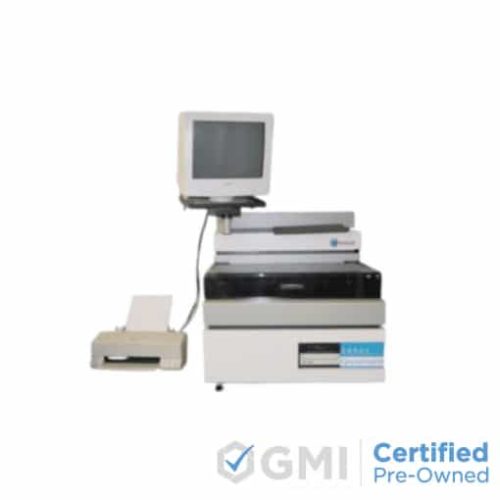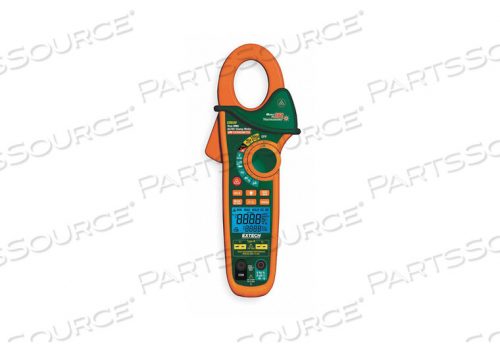Product Description Crossover Elimination Software Selectable Window Settings Automatic Spilldown Correction A Unique Crystal Design The GENESYS 5000 Series Multi-well Gamma Counters are the most sophisticated gamma counters in the world. Available in 5- 10- 15- 20 or 25 wells- you will find a model that works for your medium to high volume laboratory. The GENESYS 5000 Series gamma counters contain advanced data reduction features suitable for calculating all versions of RIA- IRMA- Ratio and Screening assays. With the flexibility to independently choose curvefit- response variable (transformation) and graph paper- the GENESYS 5000 gives you the power to adequately handle the wide range of radioimmunoiassays available for clinical and research applications, from the routine through the esoteric. The range of popular curvefits include: point to point- straight line- weighted straight line- cubic spline- universal and four parameter logistic (4PL). Response variables include: B/TC- B/B0- CPM- TC/B- B0/B- 1/CPM- CPM/(standard #)- CPM/ (High Standard)- CPM/(TC-CPM) and (TC-CPM)/CPM. Standard curve axes choices are: Linear-Linear- semi-Log- Log-Log- Logit-Log- Linear-Log and Log-Linear. The GENESYS 5000 Series has the unique capability of counting a wide variety of isotopes to provide flexibility beyond that of routine RIAs. Ten different isotopes may be programmed into the system. Isotopes such as Cr51- I131- In111- Na22- and Fe59 are among some of the more common isotopes used in todays lab. With this flexibility- Schilling and Blood Volume are easily run. The GENESYS incorporates several features to make this possible: 1. CROSSOVER ELIMINATION SOFTWARE makes counting high energy isotopes possible while still retaining all the precision and accuracy of a single well system. Any contributing activity which might cross-over from one well to the next- is monitored and subtracted out- without the need to shut off every other detector. 2. SELECTABLE WINDOW SETTINGS allow the user to set upper and lower windows up to 1000 KEV. With this option- you can set a wide window to scan unknowns for any interfering isotopes. 3. AUTOMATIC SPILLDOWN CORRECTION is applied to each well when running dual label assays to account for any spilldown of the high energy isotope into the lower energy window. Any two isotopes may be counted simultaneously. 4. A UNIQUE CRYSTAL DESIGN enables the GENESYS to count high energy isotopes without the need for extremely large diameter detectors. Having many wells counting simultaneously- along with the high efficiency design of our crystals greatly increases the throughput. With this variety of choices- even the most demanding applications can be met with ease. A brief description of each curve fit algorithm follows: Point to Point: This curve fit connects adjacent standard points with a straight line. This is a connect the dots approach- and is quite commonly used in older software packages and for connecting particularly difficult data. This curve fit is best used when there are many standard points within the curve- or when there is a very sharp change in slope. This curve fit minimizes curvature errors. Straight line: This curvefit utilizes a single- straight line to fit all standard points within the curve. This fit- therefore- requires that all points on the curve be first linearized. This is most often accomplished by using a Logit-Log or/Bound type of transformation. By first linearizing the data- fitting errors will be minimized. Weighted Straight Line: This curvefit begins as a straight line- then adds weighting factors as needed. These weighting factors are particularly helpful to minimize the effect of stray points which are further from the most stable portion of the curve (mid dose). The weighting factor changes the slope of the curve to maximize the influence on the mid-dose area of the curve. Cubic Spline: The Cubic Spline is actually not a single curve- but rather a series of curvilinear segments- which are joined together at knots. These knots are the standard points. Therefore- the overall curve must pass through the mean of each of the standard points exactly. The cubic spline fit is very commonly used in IRMA assays- where a larger number of standard points is typical. Due to the nature of the cubic spline equation- the standard curve must contain at least 4 points in order to fill the equation. Universal Curve: The Universal Curve found in the Genesys 5000 series gamma counter is an extension of the basic cubic spline with some very unique differences. The Universal Curve utilizes the statistical uncertainties of each standard point in the curve to allow a range into which to fit the curve- rather than force it through the mean. Because of this statistical smoothing function- the Universal Curve has the ability to fulfill a much wider range of data than the standard cubic spline. The Universal Curve can be specifically useful in IRMA assays which involve very low count standard points at low dose. Since the uncertainty is greatest near the extremities of the curve and particularly the area of lowest count rate- this region logically should impact the shape of the overall curve the least. Thus- the Universal Curve compensates for these inaccuracies by extending the range through which the curve is fit- thereby greatly improving the overall performance of the assay as a whole. Four Parameter Logistic: The four parameter logistic curve fit is based upon the All Fit program originally developed at NIH. It is basically an extension of the two parameter Logit-Log method. By its nature- the 4PL- like the cubic spline must have at least four standard points in order to plot a curve. The four parameter is the most robust of all the curve fits- and is the most widely suitable for a variety of applications from sigmoidal or J-shaped RIAs to high sensitivity IRMAs. The nature of the 4PL equation requires that the GENESYS 5000 SERIES gamma counters perform many iterations of highly complex calculations in order to achieve the best fitting curve. It is therefore common to wait A second or two for the curve to calculate.

